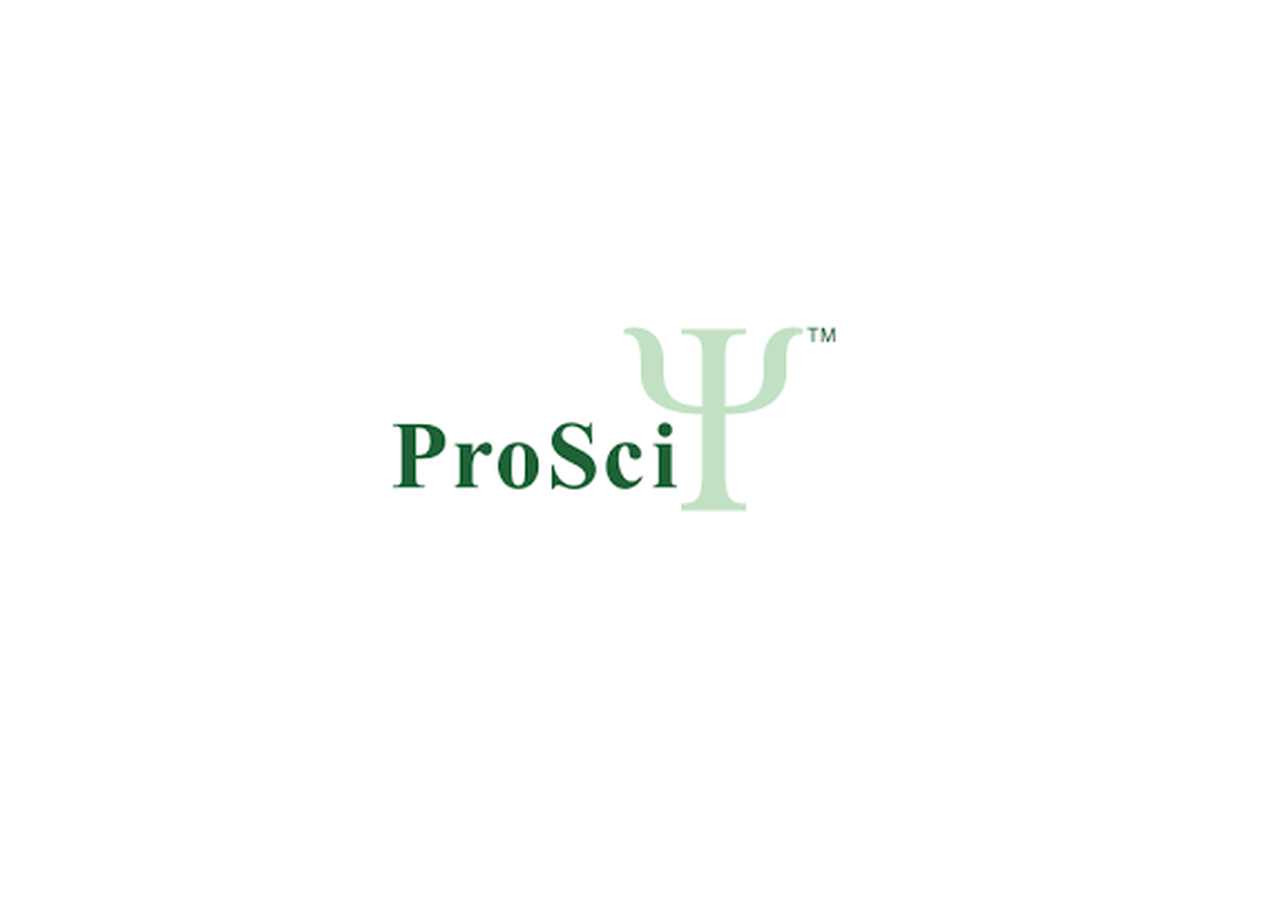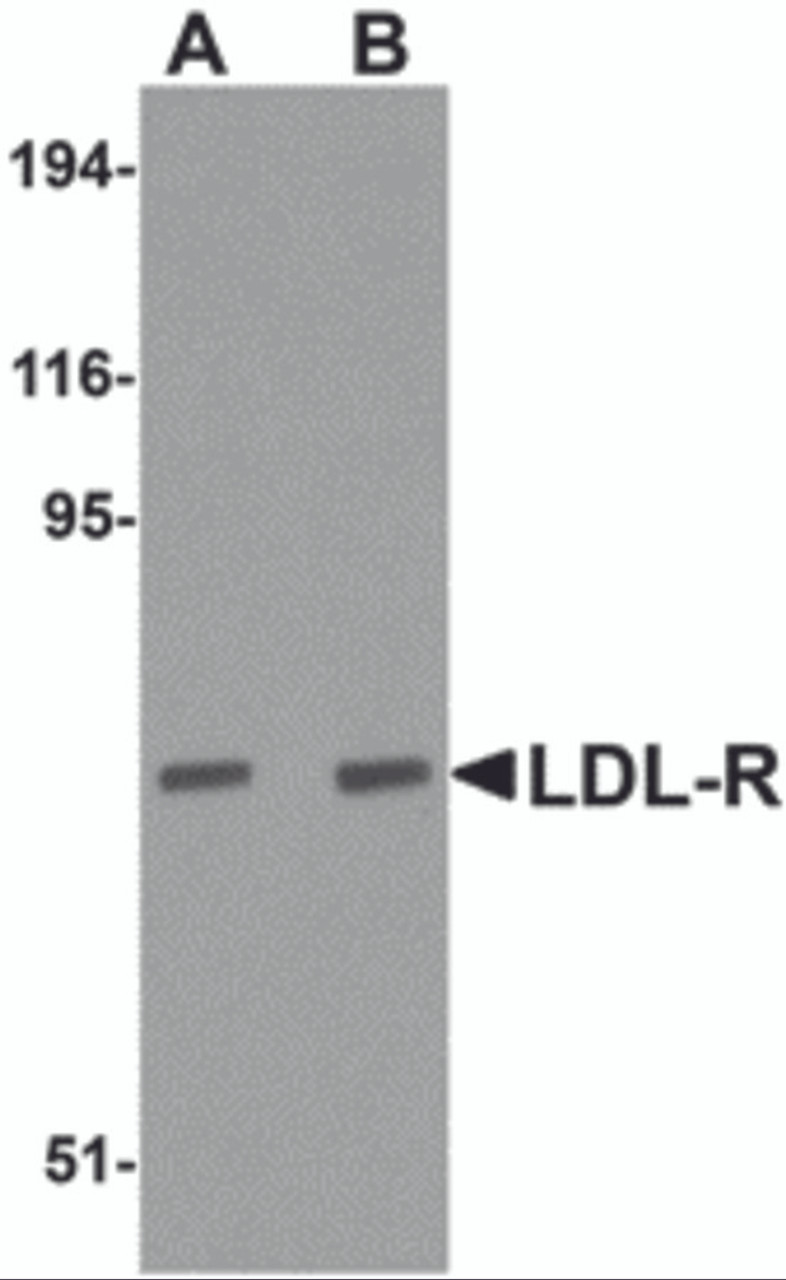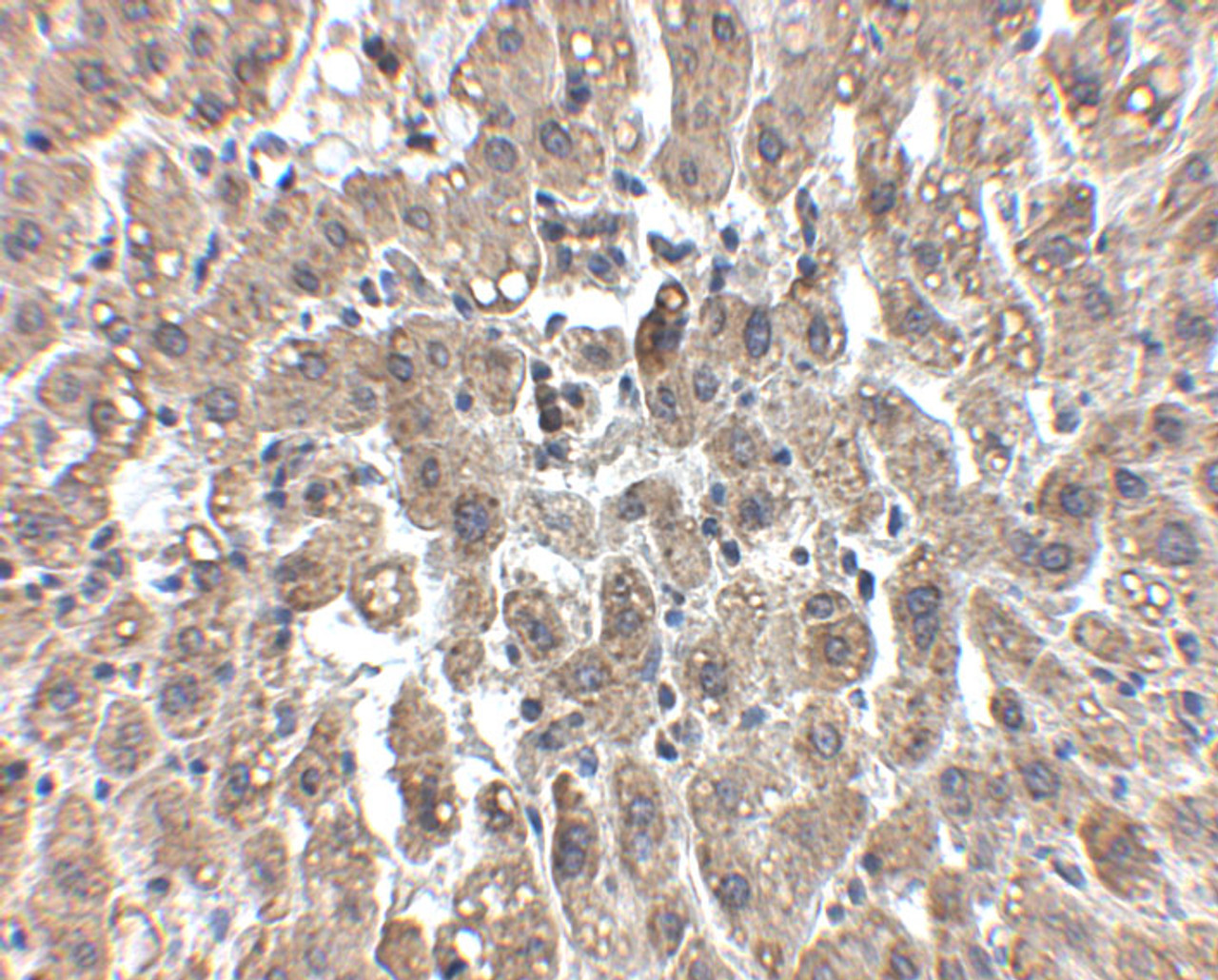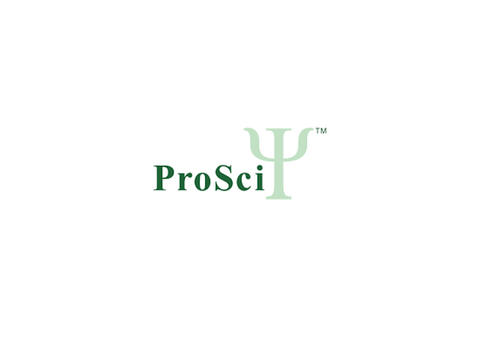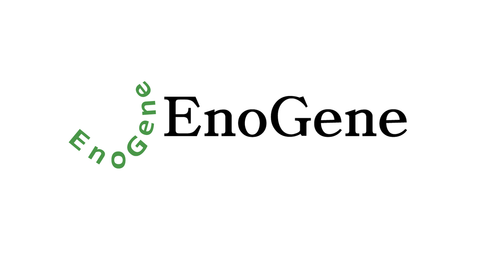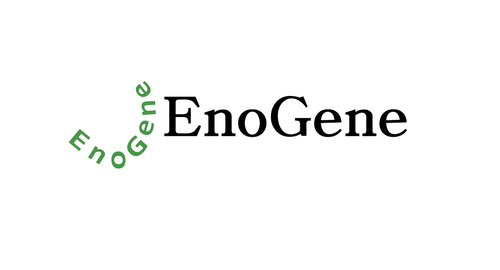Product Description
LDL-R Antibody | 5163 | ProSci
Host: Chicken
Reactivity: Human, Mouse, Rat
Homology: Predicted species reactivity based on immunogen sequence: Pig: (89%) , Rabbit: (80%)
Immunogen: LDL-R antibody was raised against an 18 amino acid synthetic peptide near the center of human LDL-R.
The immunogen is located within amino acids 490 - 540 of LDL-R.
Research Area: Obesity
Tested Application: E, WB, IHC-P, IF
Application: LDL-R antibody can be used for detection of LDL-R by Western blot at 1 - 2 μg/mL. Antibody can also be used for immunohistochemistry starting at 2.5 μg/mL. For immunofluorescence start at 20 μg/mL.
Antibody validated: Western Blot in human samples; Immunohistochemistry in human samples and Immunofluorescence in human samples. All other applications and species not yet tested.
Specificiy: N/A
Positive Control 1: Cat. No. 1304 - Human Liver Tissue Lysate
Positive Control 2: Cat. No. 10-201 - Human Liver Tissue Slide
Positive Control 3: N/A
Positive Control 4: N/A
Positive Control 5: N/A
Positive Control 6: N/A
Molecular Weight: N/A
Validation: N/A
Isoform: N/A
Purification: LDL-R Antibody is affinity chromatography purified via peptide column.
Clonality: Polyclonal
Clone: N/A
Isotype: IgY
Conjugate: Unconjugated
Physical State: Liquid
Buffer: LDL-R Antibody is supplied in PBS containing 0.02% sodium azide.
Concentration: 1 mg/mL
Storage Condition: LDL-R antibody can be stored at 4˚C for three months and -20˚C, stable for up to one year. As with all antibodies care should be taken to avoid repeated freeze thaw cycles. Antibodies should not be exposed to prolonged high temperatures.
Alternate Name: LDL-R Antibody: FH, FHC, LDLCQ2, Low-density lipoprotein receptor, LDL receptor
User Note: Optimal dilutions for each application to be determined by the researcher.
BACKGROUND: LDL-R Antibody: The low density lipoprotein receptor (LDL-R) gene family consists of cell surface proteins involved in receptor-mediated endocytosis of specific ligands. Low density lipoprotein (LDL) is normally bound at the cell membrane and taken into the cell ending up in lysosomes where the protein is degraded and the cholesterol is made available for repression of microsomal enzyme 3-hydroxy-3-methylglutaryl coenzyme A (HMG CoA) reductase, the rate-limiting step in cholesterol synthesis. At the same time, a reciprocal stimulation of cholesterol ester synthesis takes place. Mutations in the LDL-R gene cause the autosomal dominant disorder, familial hypercholesterolemia. Along with SCARB1, CLDN1, and the tetraspanin superfamily member CD81, LDL-R has been reported to be an entry factor for the Hepatitis C virus. At least three isoforms of LDL-R are known to exist.
 Euro
Euro
 USD
USD
 British Pound
British Pound
 NULL
NULL

